Definition and Basic Concepts
Gate drivers are essential components in modern electronics. They are specialized circuits that have the important task of controlling the operation of power switches, such as MOSFETs and IGBTs. Their main purpose is to supply the required drive voltage and current to the gate of these power devices.
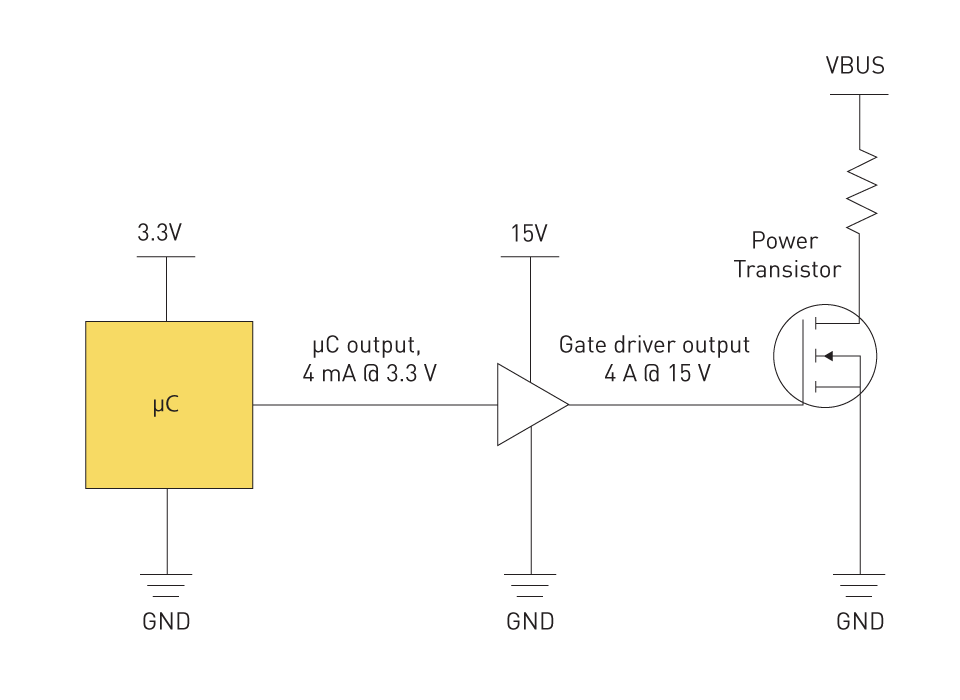
Figure 1: Gate Drive between Microcontroller and Power Transistor
Fundamental Role: Gate drivers play a vital role in connecting control signals, typically from microcontrollers or digital signal processors, to power switches. They convert low-power control signals into the higher power needed to operate power devices.
Operational Mechanism: The functioning of a gate driver entails the swift charging and discharging of the gate of a power switch to activate and deactivate it. To achieve swift and efficient switching, it is necessary to deliver enough current to overcome the gate capacitance of the power device.
Voltage Level Translation: Gate drivers are commonly used to convert control signal levels into levels that are appropriate for the power device's gate. For instance, a low-voltage logic signal can be converted into a higher voltage required to operate a power transistor.
Electrical Isolation: For certain gate driver applications, it is necessary to have electrical isolation between the control side (input) and the power side (output). This is done to safeguard the control circuitry from the potentially harmful high voltages and currents on the power side. In high-power applications, isolation is critical to maintain safety and protect delicate electronic components from harm.
Drive Strength: The drive strength of a gate driver, usually measured in terms of current, determines its ability to charge and discharge the gate at a fast rate. Having a higher drive strength is crucial in high-frequency applications as it helps to minimize losses and enhance efficiency by enabling faster switching.
Protection Features: Modern gate drivers commonly include a range of protection features, including under-voltage lockout, over-current protection, and thermal shutdown. These features are designed to protect the power switch and the gate driver from damage in abnormal conditions.
Role and Importance
Gate drivers play a crucial role in modern electronic systems by controlling power switches, facilitating quick transitions, and safeguarding downstream components. Their significance cannot be overemphasized enough, particularly in systems where efficiency and reliability are crucial.
Controlling Power Switches
Driving Power MOSFETs and IGBTs: Gate drivers play a critical role in the operation of power MOSFETs and IGBTs. These switches have a wide range of applications, from motor control to power conversion.
Precision Control: Maintaining precise timing and control is crucial in power electronics. Gate drivers are essential for ensuring that power switches operate at the exact moments required, in accordance with the system's control logic. Precise control is crucial for maintaining the desired efficiency and performance in power electronic circuits.
Ensuring Rapid Transitions
Reducing Switching Losses: The rate at which power switches transition between on and off states is of utmost importance. Optimizing transitions can lead to reduced switching losses, resulting in enhanced system efficiency. Gate drivers are essential for delivering the required drive current to achieve these fast transitions.
High-Frequency Operation: For applications involving high-frequency operation, such as switching power supplies and inverters, the speed at which gate drivers can facilitate rapid transitions becomes even more crucial. This feature enables the creation of more compact and highly efficient designs.
Protection of Downstream Components
Isolation from High Voltages: Gate drivers commonly provide electrical isolation to separate the control circuitry from the high-voltage power switches. This isolation ensures the low-voltage control side's safety by shielding it from the potentially hazardous high-voltage conditions on the power side.
Preventing Fault Conditions: Advanced gate drivers come equipped with protective features like under-voltage lockout, over-current protection, and desaturation detection. These features safeguard downstream components from potential damage by preventing conditions that could potentially cause the power switch to fail.
Thermal Management: Efficiently controlling the switching of power devices, gate drivers play a crucial role in managing the thermal load of a system. Optimizing the switching process minimizes heat production in power devices, which plays a crucial role in the broader thermal management approach.
Types of Gate Drivers
Gate drivers are available in a range of types, each designed for specific applications in electronic systems. Having a solid grasp on the distinctions between low-side, high-side, and half-bridge gate drivers is essential for their successful application.
Low-Side Gate Drivers
Definition and Function: Low-side gate drivers are used for the purpose of regulating power switches that are connected to the ground (or low) side of the load. These drivers manipulate the gate voltage of a transistor to control its on and off states.
Common Applications: These materials are commonly employed in systems where the load is connected to the positive supply rail. These applications encompass DC motor drives, power converters, and general-purpose switching.
Advantages: Low-side gate drivers are simple to design and operate. They don't need a floating supply or complicated bootstrapping circuits, which makes them easier to implement and more affordable.
High-Side Gate Drivers
Definition and Function: High-side gate drivers are responsible for controlling switches that are connected to the positive supply rail. For proper operation, it is necessary to provide a floating or isolated power supply to drive the gate voltage above the source voltage.
Applications: High-side drivers are frequently used in situations where the load must be connected to the ground. This is often seen in automotive applications, power management systems, and different types of power converters.
Challenges: Designing high-side gate drivers can present additional complexity due to the requirement for a floating drive circuit. Typically, various techniques are employed to guarantee that the gate voltage remains significantly higher than the source voltage. These may include bootstrapping or the use of isolated power supplies.
Half-Bridge Gate Drivers
Definition and Function: Half-bridge gate drivers are responsible for controlling a set of power switches that are arranged in a half-bridge configuration. This configuration consists of one high-side switch and one low-side switch. These drivers handle the timing and coordination of both switches to avoid shoot-through and ensure optimal performance.
Applications: They find wide usage in full-bridge and half-bridge converters, inverters, synchronous buck or boost converters, and motor control circuits.
Importance: It is essential to ensure that the half-bridge driver effectively manages the high- and low-side switches, preventing any simultaneous conduction that could result in short circuits and damage to components.
Full-Bridge Gate Drivers
Definition and Function: Full-bridge gate drivers are circuits that are specifically designed to control the four switches in a full-bridge configuration. These circuits play a crucial role in various power conversion and motor control applications. They oversee the switching activities of the power transistors, ensuring optimal and synchronized operation. Full-bridge gate drivers play a crucial role in ensuring the accurate delivery of control signals to the high-side and low-side switches. By eliminating dead times, these drivers help prevent inefficiencies and potential damage.
Applications: These gate drivers play a crucial role in applications that require optimal efficiency and accurate power flow control, such as brushless DC (BLDC) motors and inverters for renewable energy systems. BLDC motors allow for precise control of motor phases to maximize speed and torque. Solar inverters and wind turbine converters efficiently convert DC to AC power.
Advantages and Challenges: Full-bridge gate drivers offer improved power conversion efficiency by enabling precise gate control, resulting in reduced switching losses. They have the ability to adjust to various power levels and operational conditions, making them a good fit for a wide range of electronic applications. In addition, numerous full-bridge gate drivers include built-in protection features that improve the reliability and safety of the system. These features include thermal shutdown and over-current protection.
Nevertheless, working with full-bridge gate drivers can be quite challenging. It involves the intricate task of coordinating four switches simultaneously to prevent any shoot-through issues. Additionally, it requires advanced control strategies to optimize efficiency and achieve optimal performance. In addition, the incorporation of protective features necessitates meticulous design deliberation to achieve an optimal balance between protection and performance.


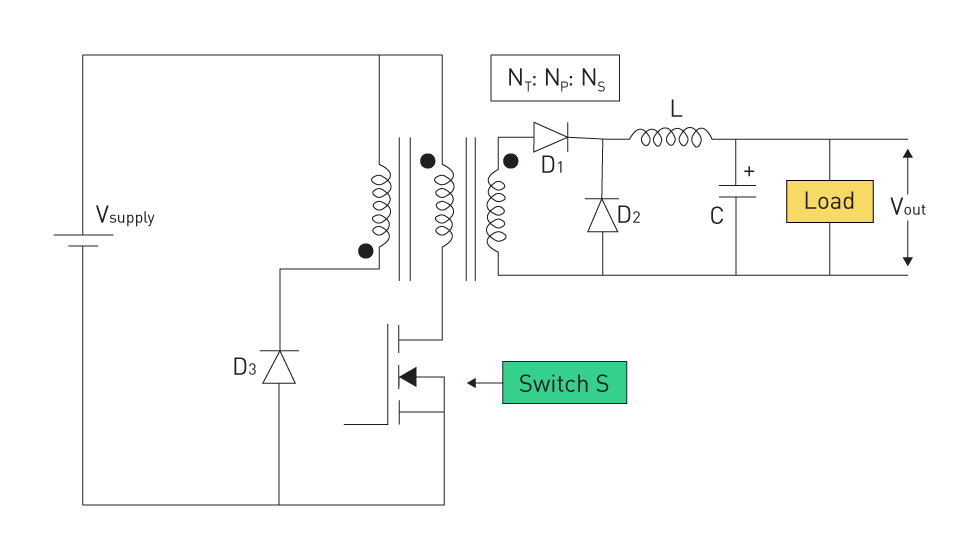
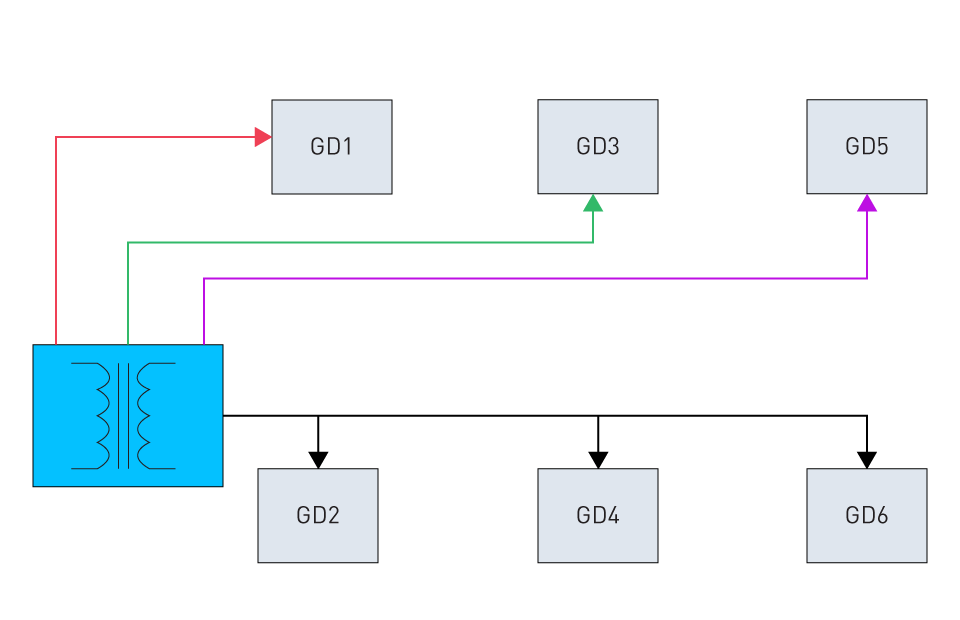
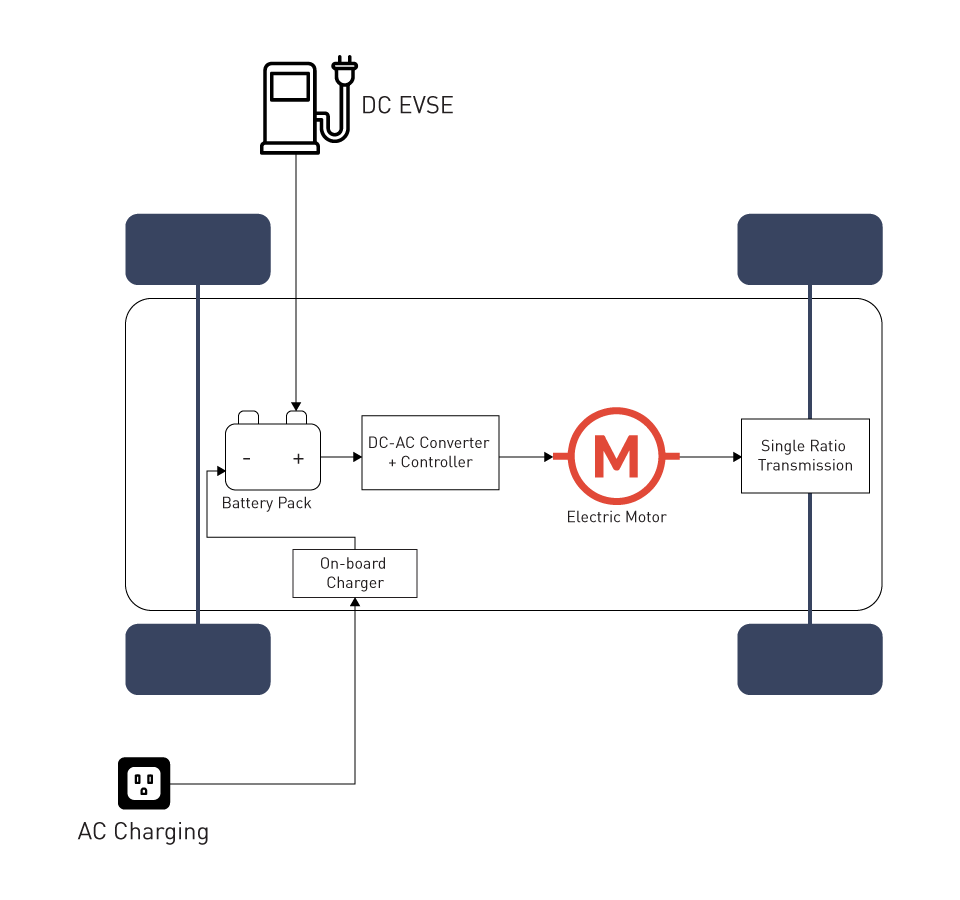
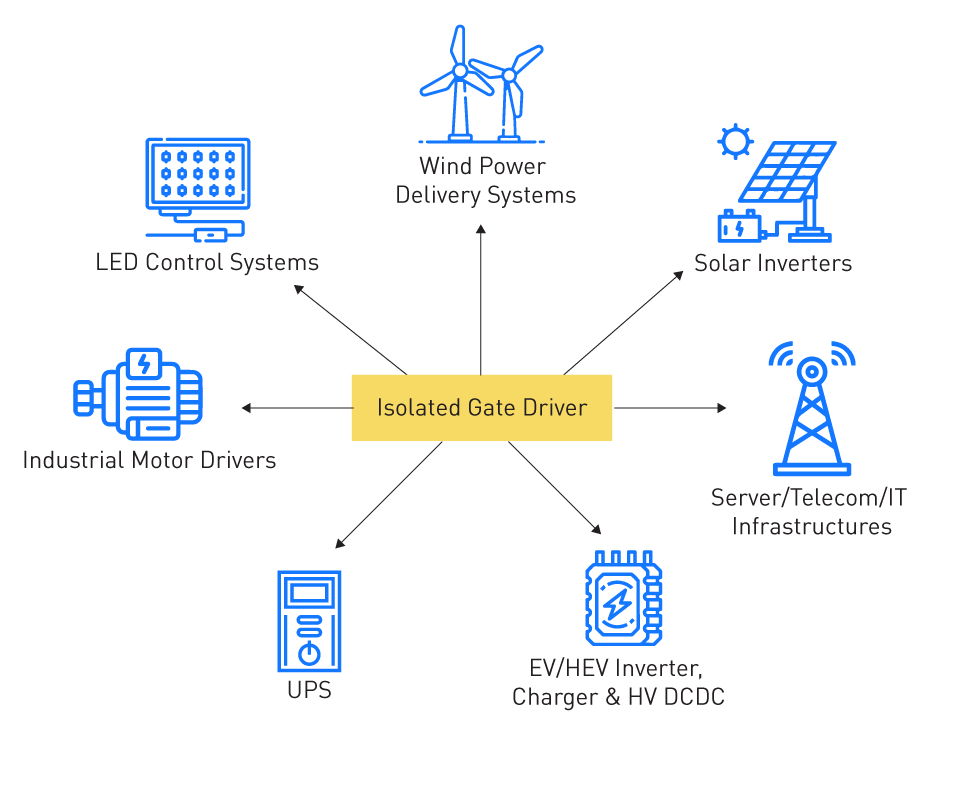
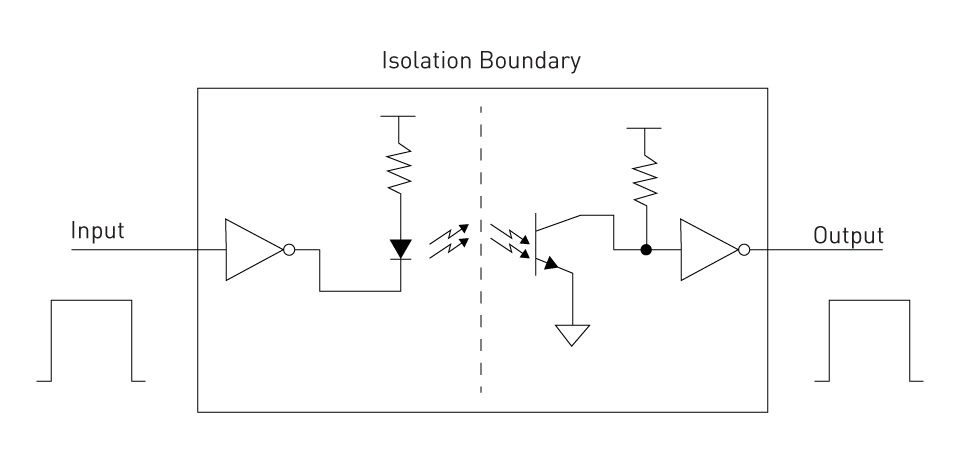
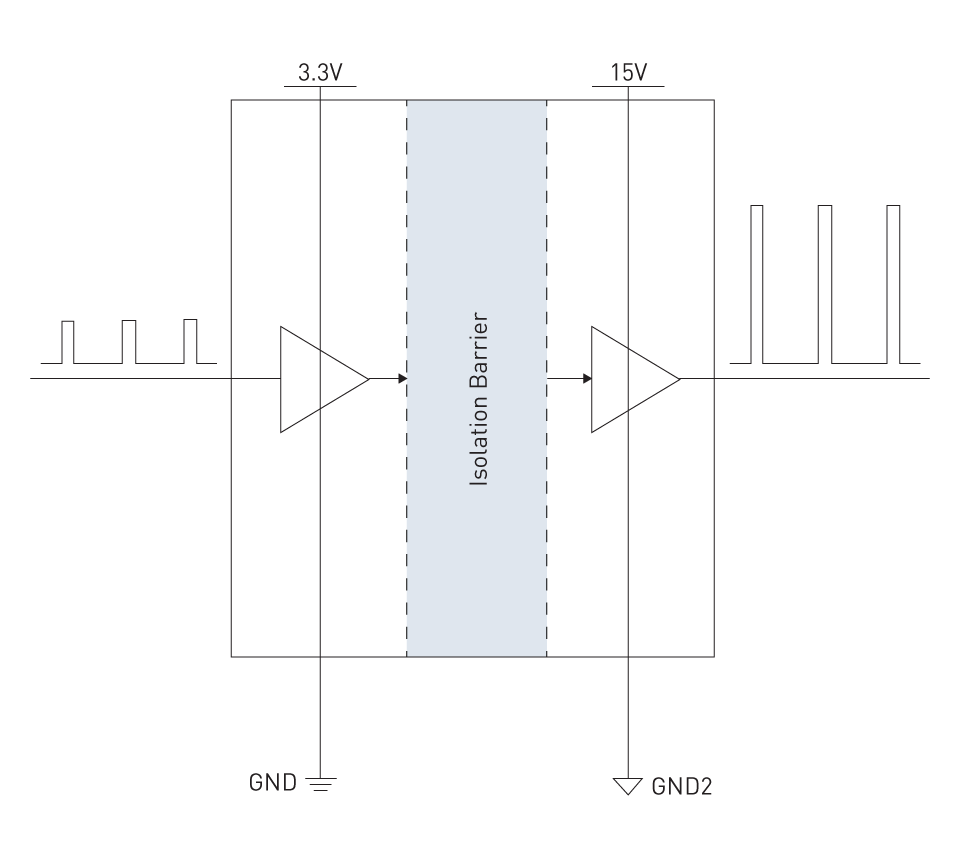

直接登录
创建新帐号